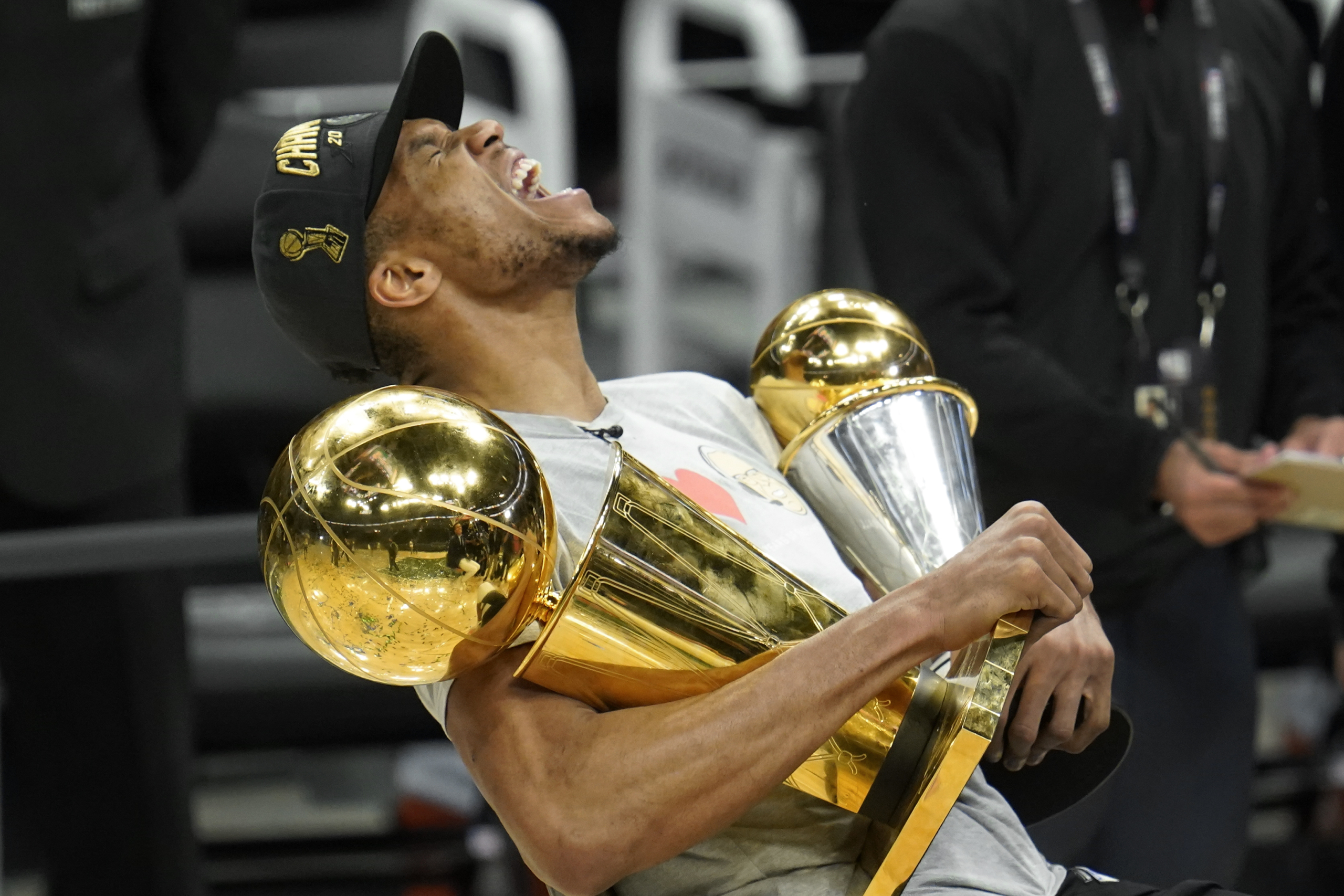
- Foreign Policy - August 9, 2021
- Rebounding For The Win - July 23, 2021
- NBA Legacy – Rising Sun - July 16, 2021
In the game of basketball the most basic concept, putting the ball through the hoop, is what it’s all about. The players that are the most celebrated happen to be the ones that are the best at it. What makes the game sophisticated is that there are several different ways to do this.
With this in mind, offensive rebounding is one of the most overlooked aspects of basketball that has a significant impact on the game, and serves as yet another level of scoring without being ball-dominant.
Offensive rebounding has always been considered a measure of work ethic, as it takes more effort to get into a favorable position in order to ascertain the miss. Collecting these types of rebounds also adds on to your team’s offensive possessions, while also giving your team an immediate chance to score without having to get a stop on defense.
The psychological ramifications behind this act are that it plays a part in increasing your scorer’s confidence, as well as deflating your opponents’ defensive intensity.
Weaponizing offensive rebounding as a scoring option is what typically gets overlooked, especially in this era of ball-dominant players. In the Golden Era of the 80’s, moving without the ball became a distinguishing factor between an elite scorer and someone who can “just score.”
Back door cuts, transition play and “read-and-react” fluid positioning all afforded players the chance to produce around their opponent’s defensive schemes and constructs. Put backs and tip slams do this while also placing you closer to the basket before the defensive players can react.
The late great Moses Malone was arguably known for his work ethic and versatility during his dominant run in the early to mid 80’s. He sits at the very top of the all-time offensive rebound list that is composed of such legends as Charles Barkley, Dennis Rodman, Shaquile O’Neal and Hakeem Olajuwon. This includes a 2,566 rebounding cushion between himself and the number two offensive rebounder, Artis Gilmore.
Case in point, in 1983, Malone had a historic run with the Philadelphia 76ers that landed them in the Finals versus the defending world champion Los Angeles Lakers. In this series, Malone outplayed the legendary Kareem Abdul Jabbar, leading the Sixers to a four game sweep of the team that had beaten them the year before. Aside from outplaying Abdul-Jabbar and making him look old overnight, Malone also dominated on the boards, grabbing a whopping 27 offensive boards to Kareem’s four total for the series.
Another example of this was the Chicago Bulls’ 1996 run to the Finals. A team that entered the Finals with a regular season record of 72-10 and held the top scorer in the NBA (Michael Jordan), as well as the number one rebounder, Dennis Rodman. While averaging 5.6 offensive boards per game, Rodman compiled 41 offensive rebounds in the six games of the finals, including grabbing 11 of them in the close out game against the Seattle Supersonics.
Most recently, in this year’s NBA championship series, Finals MVP Giannis Antetokounmpo seemed to have focused on this aspect of the game and helped turn around the momentum of the series. Antetokounmpo had been averaging only 1.7 offensive rebounds per game during the regular season, similarly collecting just two of them in game one.
Further evidence of this is demonstrated in games two through six where Antetokounmpo averaged 4.4 rebounds per game and yielded a total of 24 offensive rebounds through the six game series. As far as the team was concerned, the Milwaukee Bucks also out rebounded the Phoenix Suns 79-42 in this particular category.
It would be inaccurate to say that this was the only reason that the Bucks were successful in becoming champions. However, let us consider this fact: in the only blowout win of the series, the Bucks not only out rebounded the Suns 47-36, but also 13-6 on the offensive glass. Another point to consider: as part of being able to dominate the paint as Antetokounmpo did, a focus on offensive rebounding was also one of the reasons he was able to be productive around the “wall” defensive strategy utilized by the Suns.
His confidence grew from working off the ball, as he began to distribute more in isolation possessions, proven by the fact that his assists went up in games three, four and five. Simply put, you can’t scheme-against, trap, nor double team a player that does not have the ball. The fact remains that, historically, the weak side of NBA defenses has always been an issue when it comes to rotations or individual technique, as well as effort causing opportunities such as these.
The modern approach towards the game sometimes places traditional fundamental aspects as an afterthought in the realm of game planning. It may not always be clear, to a small forward or stretch four, what their role is when it comes to offensive rebounding, especially when they are scattered around the three point line. For the Milwaukee Bucks, this may have been one of many factors that led to the turning point of the series. One thing is for sure, their effort was there and it was plain to see.




